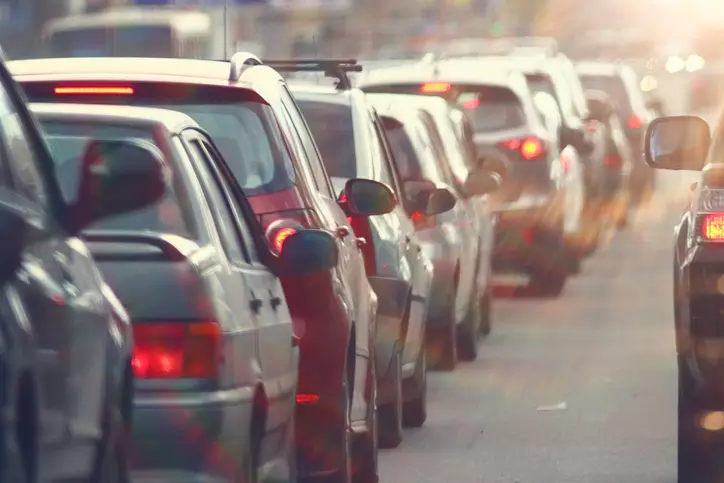What is a smart tachograph?
Smart tachographs record all driving data in the usual way and are operated by the driver in the same manner as non-"smart" tachographs. However, the smart tachograph presents two notable additions:
- Automated GPS recording of the vehicle's precise location; and
- The ability to wirelessly share limited tachograph data with DVSA when the vehicle passes roadside enforcement officers.
Automated GPS recording
The tachographs will automatically take a GPS recording at the start and end of a daily working period and every 3 hours of accumulated driving. Presently, tachographs are only currently required to record a country code, for example "IRE" or "GB", albeit, in reality, many tachographs already record much more detailed GPS information than that required by law.
A precise GPS location taken in the manner set out above will further enhance the role of the digital tachograph when prosecuting some of the more serious drivers' hours' offences as well as breaches of environmental conditions. Further, detection of the offence of cabotage will also be simpler with the precise automated GPS recording as drivers can no longer choose the country code.
Ability to wirelessly share limited tachograph data?
Significantly, if a vehicle fitted with a smart tachograph passes a roadside DVSA officer, limited data from the tachograph will communicate wirelessly with DVSA officers, who can "read" the tachograph data remotely. In order for DVSA to carry out a remote scan of the tachograph data, the DVSA vehicle must be fitted with a Remote Early Detection reader and the HGV within a range of 190m.
The types of information transmitted will include:
- the latest security breach attempt.
- the longest power supply interruption to the tachograph.
- vehicle motion conflict.
- driving without a valid card.
- card insertion while driving.
- speed recorded by the tachograph.
Retrofit
Any vehicles crossing international borders must have a smart tachograph retrofitted by June 2034, but it is unlikely that any vehicles currently in use will remain active in 15 years' time. The good news for domestic operators is that they are not subject to any retrofit at all.
Summary
At present, transmitted data will not contain information related to daily driving time or failing to take sufficient rest (i.e. typical drivers' hours' offences). Further, should the information that the DVSA review not provide them with any cause for concern, the data must be deleted within three hours.
However, it is perhaps only the first step to fully remote enforcement by DVSA in future. The technology is already there. Is it only a matter of time before all tachograph data is transmitted to enforcement officers who are sat in the comfort of their offices rather than at the roadside?














